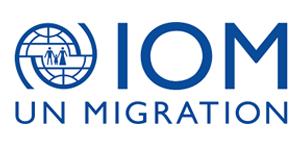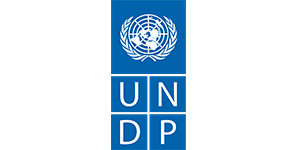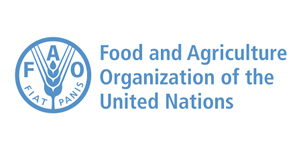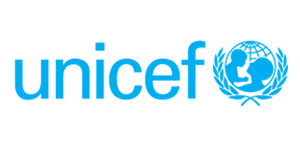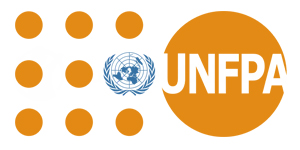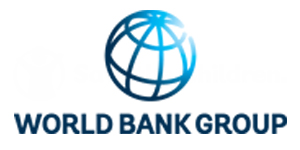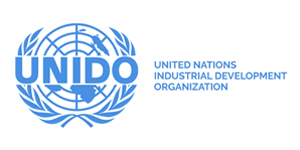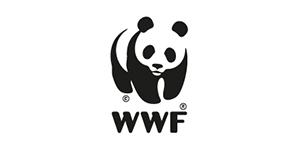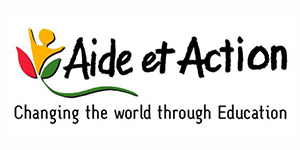, the World Food Programme (WFP) is the leading humanitarian organization saving lives and changing lives,
. Food and food-related assistance lie at the heart of the struggle to break the cycle of hunger and poverty.
On any given day, WFP has 5,600 trucks, 20 ships and 92 planes on the move,
. These numbers lie at the roots of WFP’s unparalleled reputation as an
, one that gets the job done quickly at scale in the most difficult environments.
WFP’s efforts focus on
where people are three times more likely to be undernourished than those living in countries without conflict.
In emergencies, WFP is often first on the scene,
providing food assistance to the victims of war, civil conflict, drought, floods, earthquakes, hurricanes, crop failures and natural disasters. When the emergency subsides, WFP helps communities
rebuild shattered lives and livelihoods. We also work to
strengthen the resilience of people and communities affected by protracted crises by applying a development lens in our humanitarian response.
WFP development projects focus on
nutrition, especially for mothers and children, addressing malnutrition from the earliest stages through programmes targeting the
first 1,000 days from conception to a child’s second birthday, and later through
school meals.
WFP is the largest humanitarian organisation implementing school feeding programmes worldwide and has been doing so for over 50 years. Each year, WFP provides
school meals more than 16 million children in 60 countries, often in the hardest-to-reach areas.
In 2018, WFP
purchased 3.6 million metric tons of food. At least
three quarters of it comes
from developing countries. By buying food
as close as possible to where it is needed, we can save time and money on transport costs, and help
sustain local economies. Increasingly, WFP meets people’s food needs through
cash-based transfers that allow the people we serve to choose and shop for their own food locally.
WFP also provides
services to the entire humanitarian community, including passenger air transportation through the
UN Humanitarian Air Service, which flies to
more than 280 locations worldwide.
Funded entirely by voluntary donations, in 2018 WFP raised a record US$7.2 billion. WFP has more than
17,000 staff worldwide of whom over
90 percent are based in the countries
where the agency provides assistance.
WFP is governed by a
36-member Executive Board. It works closely with its two Rome-based sister organizations, the
Food and Agriculture Organization of the United Nations and the
International Fund for Agricultural Development. WFP partners with
more than 1,000 national and international NGOs to provide food assistance and tackle the underlying causes of hunger.

